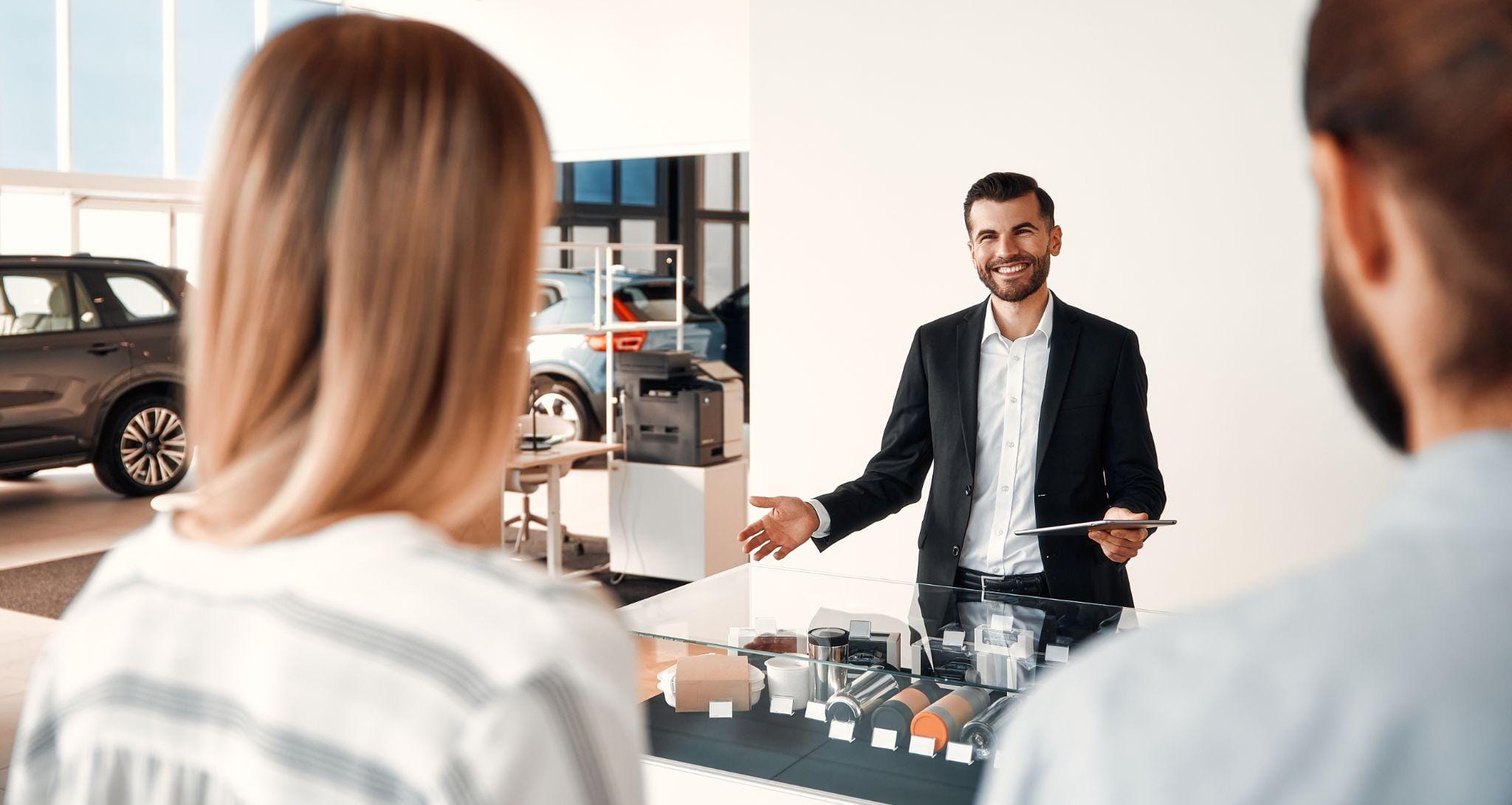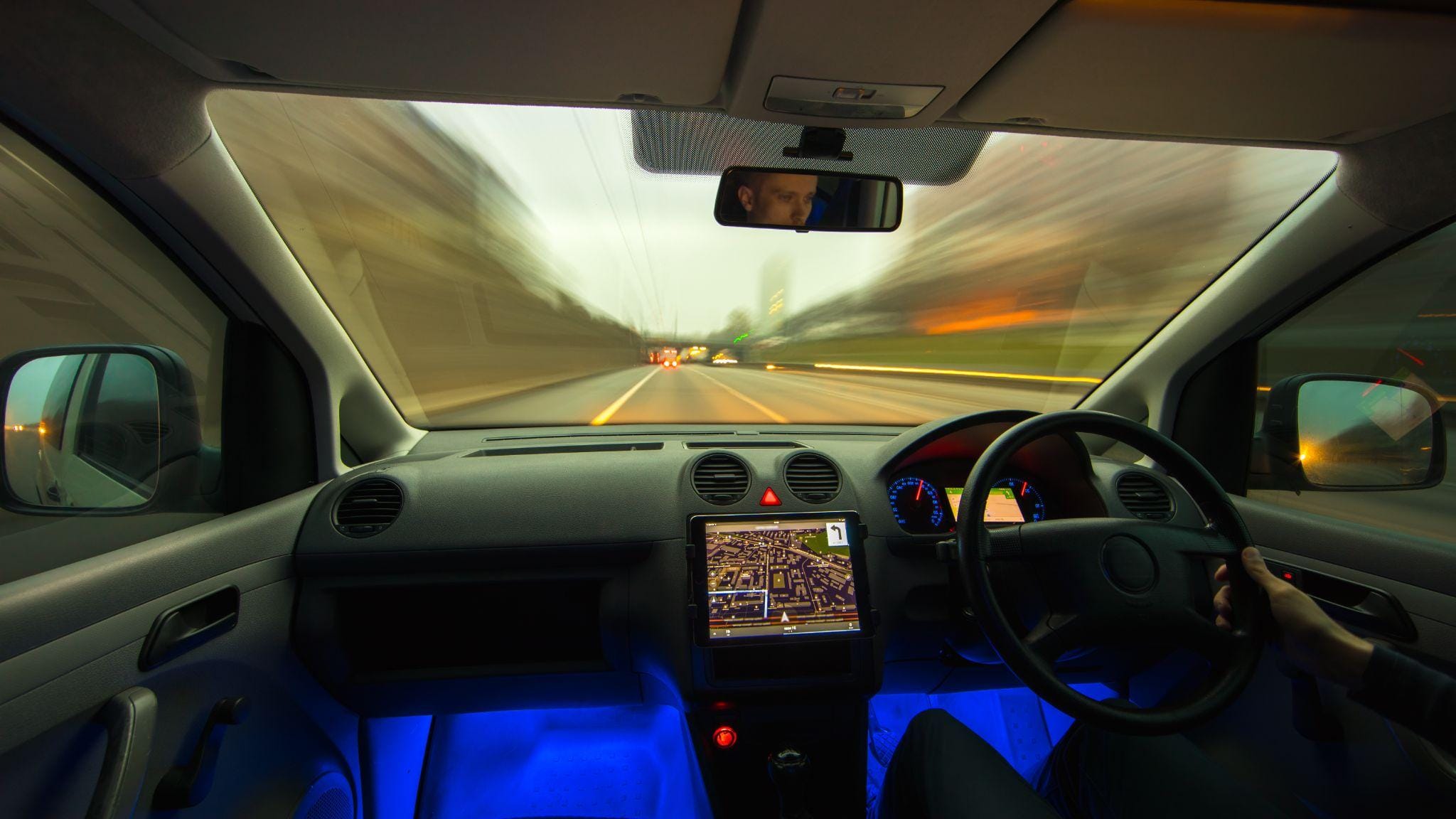AR in Automotive Marketing: Virtual Showrooms and Test Drives
The automotive industry is experiencing a significant transformation with the integration of augmented reality (AR) technologies. As car brands strive to enhance customer engagement and streamline the buying process, AR has emerged as a powerful tool for creating immersive experiences.

Understanding Augmented Reality in Automotive Marketing
Augmented Reality (AR) is a technology that overlays digital information in the real world, enhancing the user's perception of their environment. In automotive marketing, AR allows potential buyers to visualize vehicles in their real-world context, providing a more engaging and informative experience. This technology not only captivates customers but also aids in decision-making by offering a clearer understanding of vehicle features and benefits.
Key Applications of AR in Automotive Marketing
Overview | Example |
Virtual Showrooms | |
Virtual showrooms allow customers to explore vehicles without physically visiting a dealership. Through AR applications, users can view 3D models of cars in their own space. | A leading automotive brand might offer an app where users can point their smartphone at their driveway and see a full-scale 3D model of a car parked there. This feature helps customers visualize the vehicle's size and design in a familiar setting. |
Interactive Product Demonstrations | |
AR enhances product demonstrations by providing interactive elements that showcase vehicle features in detail. | An automotive app could allow users to scan specific parts of a car's interior or exterior to receive information about features like safety systems or entertainment options through pop-up displays. |
Benefits of Using AR in Automotive Marketing

Enhanced Customer Engagement: AR creates memorable interactions that can significantly boost customer interest and retention.
Informed Decision-Making: By visualizing vehicles in real-time, customers can make more informed choices, reducing buyer's remorse.
Cost Efficiency: Virtual showrooms and test drives can reduce the need for extensive physical inventory at dealerships, lowering operational costs.
Key Insights on the Global Augmented Reality (AR) in Automotive Market
Market Size in 2020:
The global AR in the automotive market was valued at USD 3.97 billion in 2020.
COVID-19 Impact:
The COVID-19 pandemic created an unprecedented and positive demand shock for AR in automotive across all regions.
The market experienced stellar growth of 12.5% in 2020, significantly higher than the average year-on-year growth during 2017–2019.
Projected Growth:
The market is expected to grow from USD 4.51 billion in 2021 to USD 14.44 billion in 2028.
This represents a Compound Annual Growth Rate (CAGR) of 18.1% during the 2021–2028 period.
https://www.fortunebusinessinsights.com/augmented-reality-ar-in-automotive-market-105593
Comparison of Traditional vs. AR Marketing Strategies
Traditional Marketing | Augmented Reality Marketing |
Customer Engagement | |
Passive | Interactive (virtual experiences) |
Product Visualization | |
Static images/videos | 3D models in real-world settings |
Test Drive Experience | |
Physical test drives | Virtual test drives |
Information Accessibility | |
Limited (sales representatives) | Instant access via mobile apps |
Cost Efficiency | |
High operational costs | Reduced need for inventory |
Highlighting Key Points
Augmented reality is revolutionizing automotive marketing by enhancing customer experiences.
Virtual showrooms and immersive test drives are key applications driving engagement.
The use of AR leads to informed decision-making and increased sales conversions.
Industry insights reveal significant improvements in customer interaction rates with AR implementation.
Final Thoughts
In the automotive industry, embracing innovative technologies like augmented reality is crucial for staying competitive. By leveraging AR for virtual showrooms, immersive test drives, and interactive demonstrations, car brands can create engaging experiences that indicate today's technical consumers. The future of automotive marketing lies in these immersive technologies that not only enhance customer interaction but also drive sales growth.
Comments
Your comment has been submitted successfully!